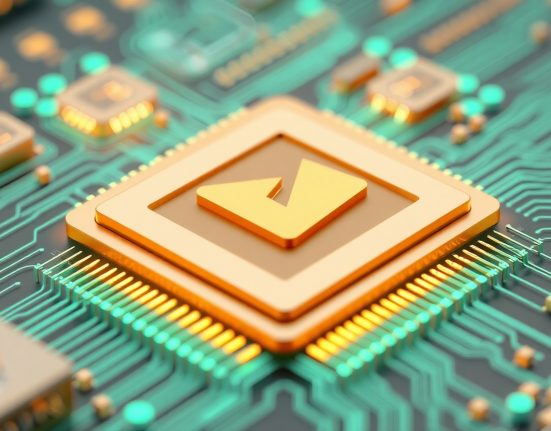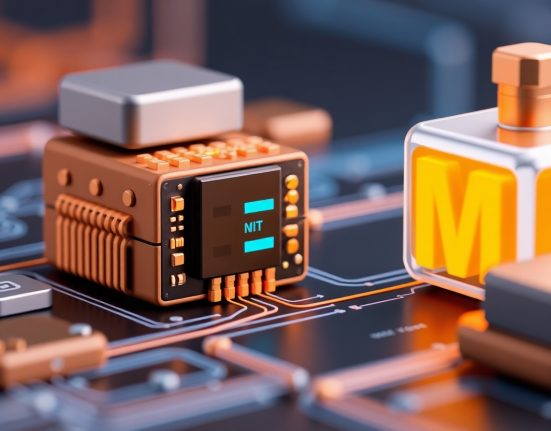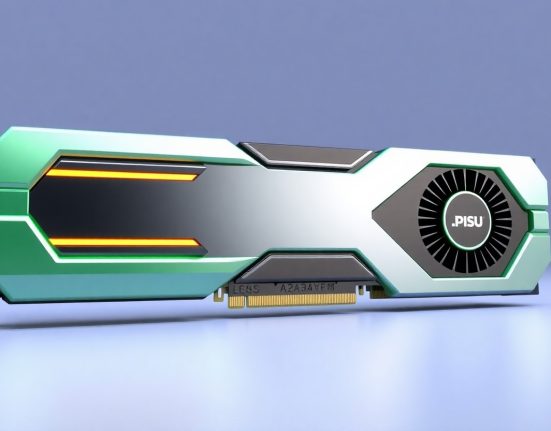When it comes to developing heavy applications, especially those that deal with real-time processes or large amounts of data, resource management isn’t just a technical consideration. It’s an art. Whether you’re working on advanced graphics, 3D rendering, machine learning, or complex games, a small mistake in how you use the CPU, GPU or memory can kill performance or even crash the entire thing. It’s not something you can ignore. Once a developer starts to really understand how the machine works under the hood, there’s a kind of magic in optimizing everything. It feels like solving little puzzles, and the reward is immediate when an app that used to crawl suddenly starts to fly.
CPU management is usually the first thing to get under control. The processor handles most of the logic and code execution, and if you don’t plan the workload flow properly, it becomes the bottleneck. It’s important to recognize which tasks can be parallelized or postponed to moments where the user won’t feel the impact. Things like fetching data from the server, running background calculations or even delaying some UI updates by a fraction of a second can all dramatically improve the experience. Using threads or coroutines wisely helps spread the load and keeps everything smooth.
At the same time, the GPU comes into play once things start getting graphic-heavy or calculation-intensive. What’s amazing about the GPU is how it’s built for wide-scale parallelism, handling thousands of tiny tasks all at once. And it’s not just about graphics anymore. Today, neural networks and simulation physics also rely on that same graphic power to crunch data. Still, you need to be careful not to overwhelm it. If you keep dumping jobs onto the GPU without managing them properly, things can slow down, frame rates can drop and the user experience starts to suffer.
Then there’s memory. That tricky but absolutely critical resource that needs extra attention. Memory leaks can creep in silently and ruin everything over time. Heavy applications can consume gigabytes of RAM and if you don’t clean up after yourself, you’ll eventually hit performance drops or full-on crashes. Freeing resources, reusing objects, working with efficient data structures and constantly monitoring your usage is essential. Real-time memory tracking tools built into operating systems or third-party apps are part of the job now.
Anyone who’s worked seriously on resource management knows just how fascinating it is. Every new app brings new challenges and each time you solve one, it feels like a personal win. There’s something incredibly satisfying in seeing an app run smoothly even while doing really complex stuff. That’s the sign you truly understand how things work behind the scenes.














